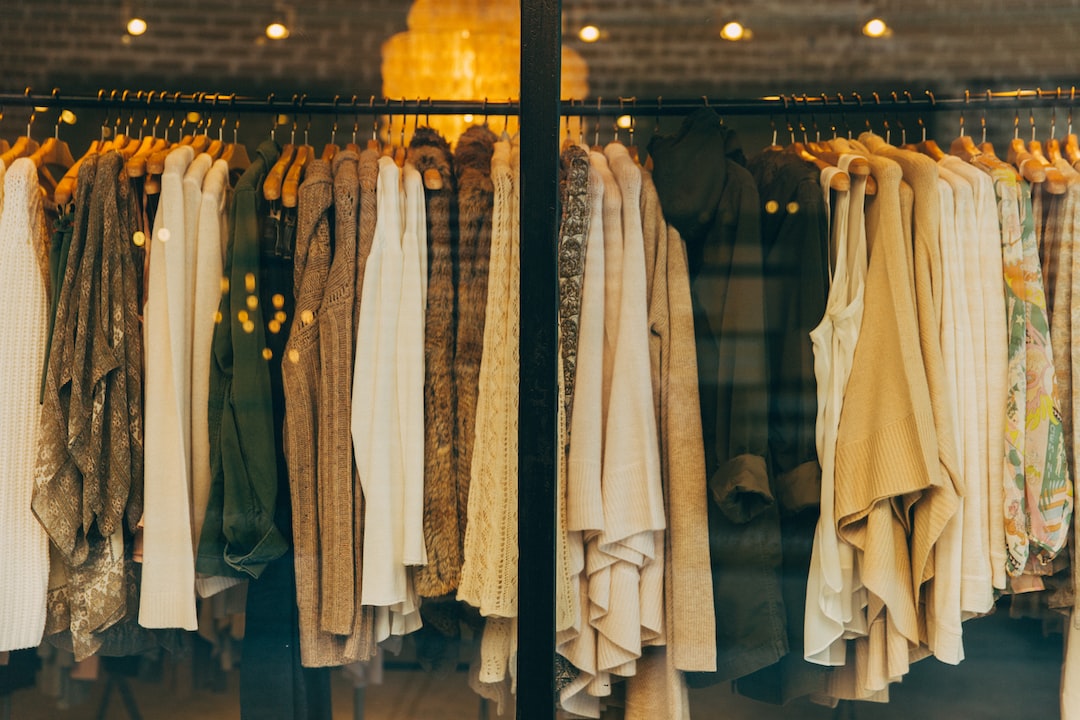The rise of gender-neutral fashion: Breaking traditional fashion norms
Over the years, the fashion industry has undergone a significant transformation, challenging conventional norms and stereotypes. One of the most prominent changes has been the rise of gender-neutral fashion, a movement that embraces inclusivity and seeks to break traditional fashion norms.
Traditionally, fashion has been segregated into “men’s” and “women’s” clothing, each with its own set of norms and societal expectations. However, this binary approach to fashion fails to recognize the diversity of individuals and their unique expressions of identity. The fashion industry has realized the importance of inclusivity and has made strides towards catering to a more diverse audience.
Gender-neutral fashion is rooted in the belief that clothing should be free from restrictions and limitations. It encourages individuals to express themselves authentically without conforming to societal expectations of how they should dress based on their gender. This movement not only challenges the binary fashion system but also aims to break down gender stereotypes that have long influenced our choices in clothing.
One of the driving forces behind the rise of gender-neutral fashion has been the LGBTQ+ community. Historically, LGBTQ+ individuals have faced discrimination and limited representation within the fashion industry. However, with the growing acceptance and visibility of the community, designers have started to create collections that are more inclusive and accessible.
Gender-neutral fashion has gained popularity not only within the LGBTQ+ community but also among cisgender individuals who seek to challenge the status quo. It has become a powerful tool for self-expression and a way to reject societal expectations. By embracing gender-neutral fashion, individuals are reclaiming their autonomy and challenging conventional notions of identity.
Several fashion brands have recognized the demand for gender-neutral clothing and have started to incorporate it into their collections. This shift has been evident on runways, where renowned designers have showcased gender-fluid designs that blur the boundaries between masculine and feminine aesthetics. This change not only challenges traditional fashion norms but also promotes a more inclusive society where individuals are free to express themselves without judgment.
One of the key features of gender-neutral fashion is its emphasis on comfort and versatility. Unlike traditional gender-specific clothing, gender-neutral fashion focuses on creating pieces that can be worn by anyone, regardless of their gender identity. This inclusivity allows individuals to express themselves without feeling confined to preconceived notions of what is “appropriate” for their gender.
Furthermore, gender-neutral fashion challenges the notion that certain colors or styles are only suitable for one gender. It encourages individuals to explore their own unique style preferences, regardless of societal expectations. This increased freedom of expression has not only expanded options for consumers but has also opened up doors for designers to experiment with innovative designs and materials.
The rise of gender-neutral fashion also has significant environmental benefits. With the fashion industry being one of the largest contributors to pollution and waste, promoting gender-neutral clothing can help reduce the industry’s impact on the environment. By creating pieces that can be shared and worn by multiple individuals, the industry can reduce the reliance on fast fashion and promote sustainable practices.
In conclusion, the rise of gender-neutral fashion represents a powerful movement that challenges traditional fashion norms and promotes inclusivity and self-expression. By breaking down the binary system and encouraging individuals to dress in a way that aligns with their authentic selves, gender-neutral fashion has the potential to reshape the industry and create a more inclusive society. As more designers and brands recognize the demand for gender-neutral clothing, we can look forward to a future where fashion is truly liberated from societal restrictions, allowing everyone to express themselves freely.
